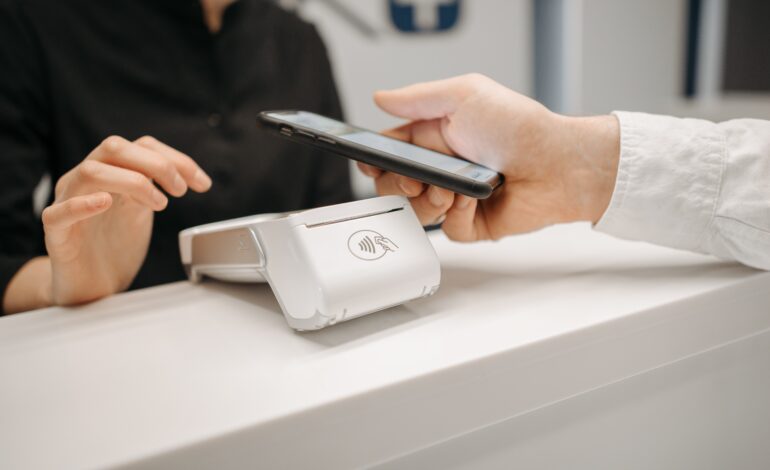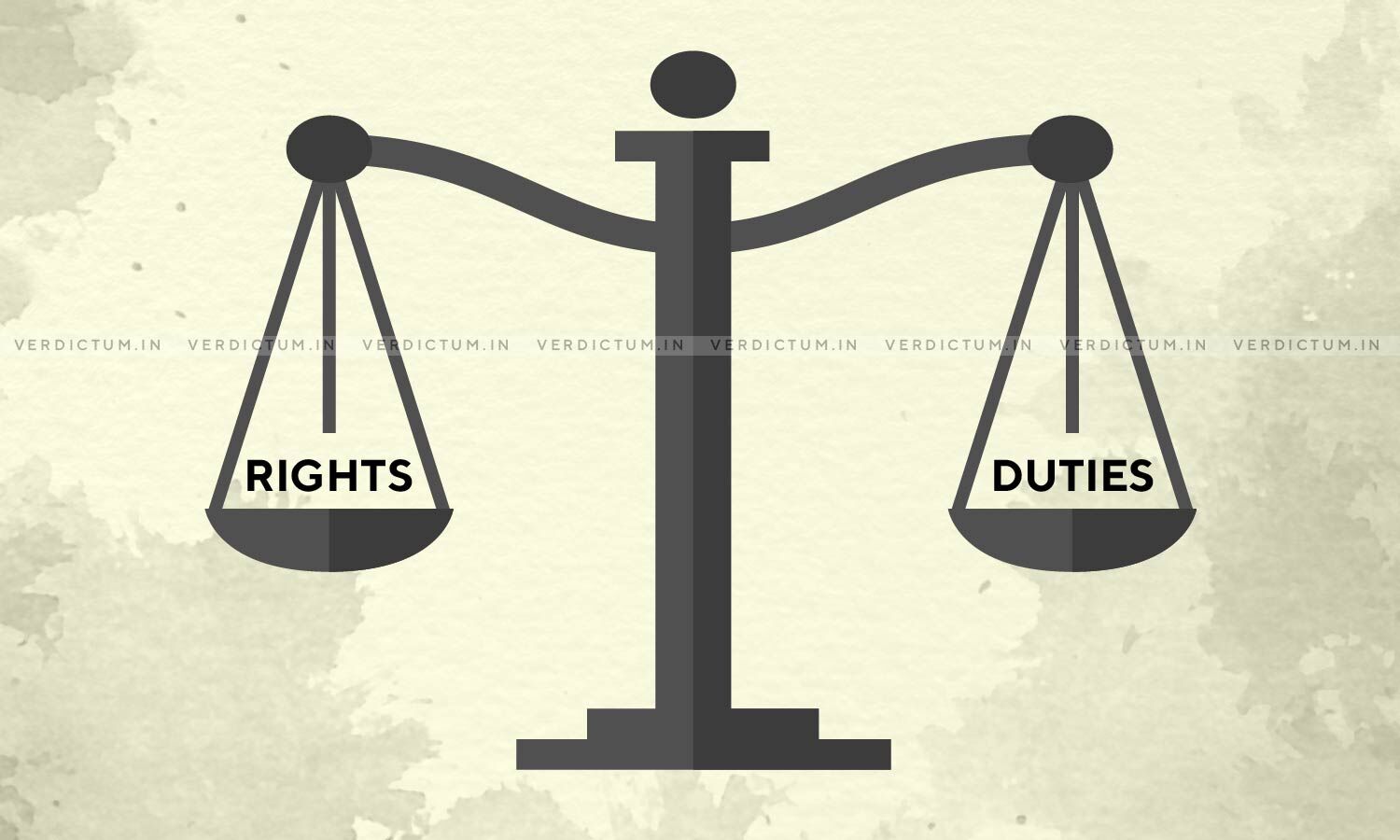
When it comes to payment processing, there are several options available, and choosing the right one for your business can have a significant impact on your revenue and customer satisfaction. Here are some of the most common payment processing methods and factors to consider when choosing the best one for your business:
Credit/debit cards
Credit and debit cards are the most common payment methods in the modern business world. Accepting credit and debit card payments is essential for most businesses, as it is convenient for customers and can increase sales. To accept credit and debit card payments, you need to set up a merchant account with a payment processor, which will charge a transaction fee for each payment.
Merchant accounts are the agreements that allow you to accept credit and debit card payments from your customers. The processor is responsible for providing you with customer information, like their name and billing address, so that you can ship them their order. They also provide customer support and fraud protection services. The processor charges a fee for each transaction made through the account—usually between 2% and 5% per transaction depending on what type of account you have (more on this later).
Online payment platforms
It’s easy to get confused by the many different ways you can accept payments online. It’s tempting to think that e-commerce and mobile apps are your only options, but there are actually a whole bunch of other great ways to make accepting payments easier for your customers and employees.

Online payment platforms like PayPal, Square, and Stripe offer a range of features and tools to simplify the payment process for businesses and customers. For example, they can provide online invoices, recurring payments, fraud protection, and more—and they can do it all while charging lower transaction fees than credit or debit card processing.
Mobile payments
Mobile payments are a great way to make life easier for customers, but not all businesses can accept them. Mobile payments, such as Apple Pay and Google Pay, allow customers to make payments using their smartphones. Mobile payments are convenient for customers and can help reduce the risk of fraud, but not all businesses may have the necessary technology to accept mobile payments.
If your business does not have the technology to accept mobile payments, you can use an online payment processing service like PayPal or Stripe. These services will take care of everything from processing the payment to transferring the funds into your bank account.
Electronic funds transfer (EFT)
Electronic funds transfer, or EFT, is a method of transferring funds from one bank account to another. This method is often used for recurring payments, such as monthly subscription fees. EFT is secure and can reduce the risk of fraud, but it may require more effort to set up and manage than other payment methods.
An EFT allows you to make payments electronically without writing checks or using cash. It’s typically used by companies that offer services on a subscription basis, such as utilities or magazines. EFT works by transferring money directly from your bank account to the company you’re paying on a schedule that suits your needs. You may also be able to set up an automatic payment so that you don’t have to remember to pay each time your bill is due.
Cash and checks

Cash and checks are traditional payment methods that are still used by some businesses. While these methods are familiar and may not require any transaction fees, they can be inconvenient for customers, and there is a higher risk of fraud. Cash payments are easy to make, but they can be inconvenient for both the customer and the business owner. Customers need to carry cash with them wherever they go, so they might have to leave their credit card at home or in the car if they want to make a purchase. It’s also difficult for customers who don’t have cash on hand because some merchants don’t accept credit cards but will accept checks instead.
Check payments are safer than cash payments because they’re less likely to be stolen or lost. However, checks take longer than other payment methods because they must be processed by your bank before you receive your funds from them (which could take up to six days). This means that your customer won’t get their products until after they’ve paid for them—which can be frustrating if the product is perishable or time sensitive.
There’s no reason to settle for less when it comes to your business’s payment processing needs. When choosing the best payment processing method for your business, consider factors such as transaction fees, security, convenience for customers, and ease of setup and management. It is also essential to ensure that the payment method you choose integrates with your existing systems, such as your website or point-of-sale system, to ensure a seamless payment experience for your customers.
RUCHI RATHOR Founder & CEO
Payomatix Technologies Pvt. Ltd.
FOUNDER AND INVESTOR | PAYMENTS PROCESSING EXPERT | MERCHANT ACCOUNT SOLUTIONS | WHITE LABELLED PAYMENT GATEWAY | Dreamer, Creator, Achiever, Constantly Evolving
Website Ruchi Rathor: https://ruchirathor.com
Website Healing Heart https://thehealingheart.me/
Instagram https://www.instagram.com/_ruchirathor_/
LinkedIn https://www.linkedin.com/in/ruchirathor12/
Facebook https://www.facebook.com/ruchi.rathor.magnificient
Tumblr https://www.tumblr.com/blog/ruchirathor-thehealingheart
Medium https://medium.com/@ruchirathor_23436








